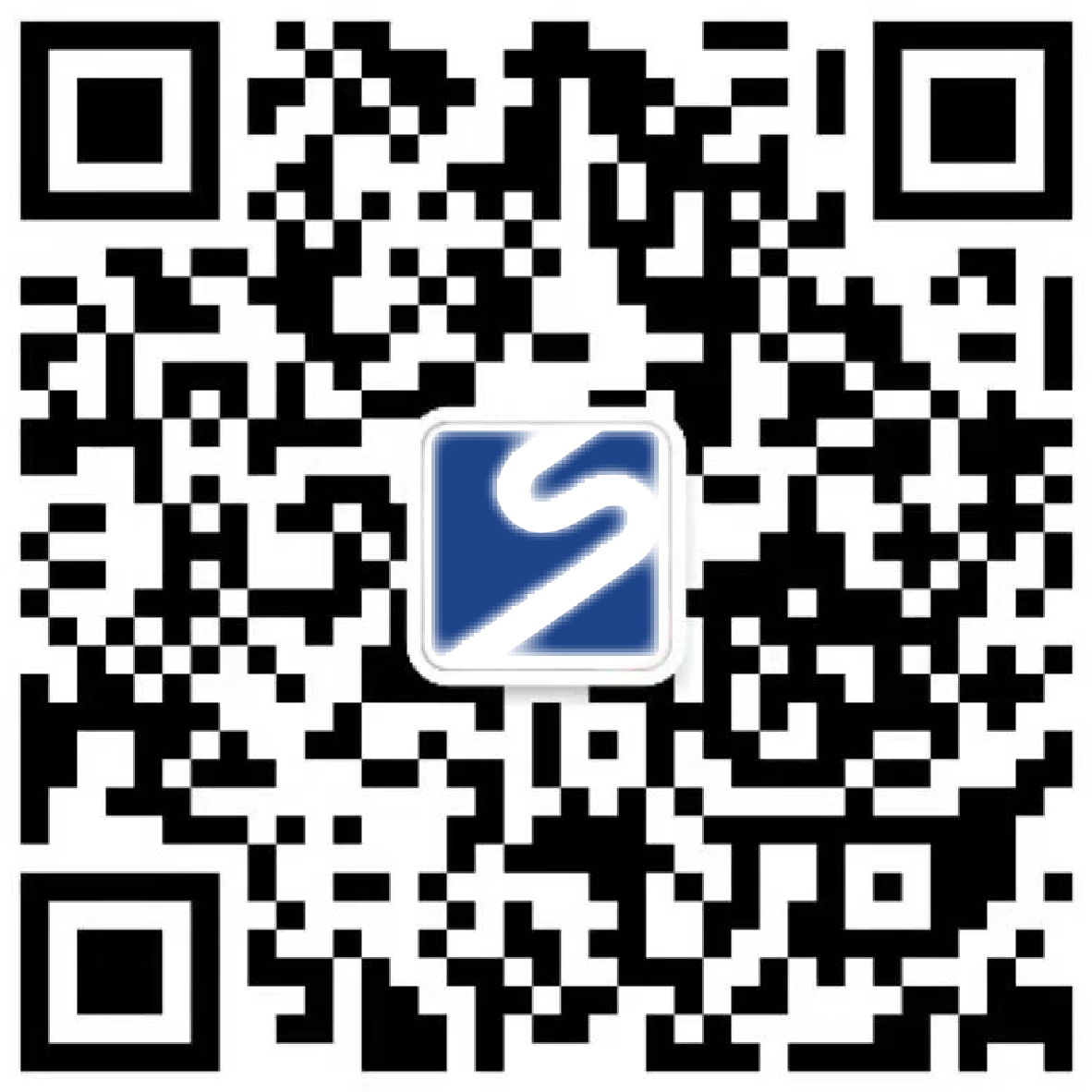Album design and production: Party A's aesthetic conflict with me? Use "professional speech skills" to guide cleverly!
In the business of album design and production, the most common "soul torture" may be: "Why do I (Party A) think it's good, but you always say no to the designer?" Or the other way around: "Designer, your manuscript is beautiful, but it doesn't seem … right?" Don't worry, it's really not that anyone is finding fault on purpose, but that everyone stands on a different "hill"! Today, let's talk about how to communicate in "human words", skillfully bypass the "minefield" of aesthetic conflicts, and together make a good picture album that Party A is satisfied with and the market pays for!
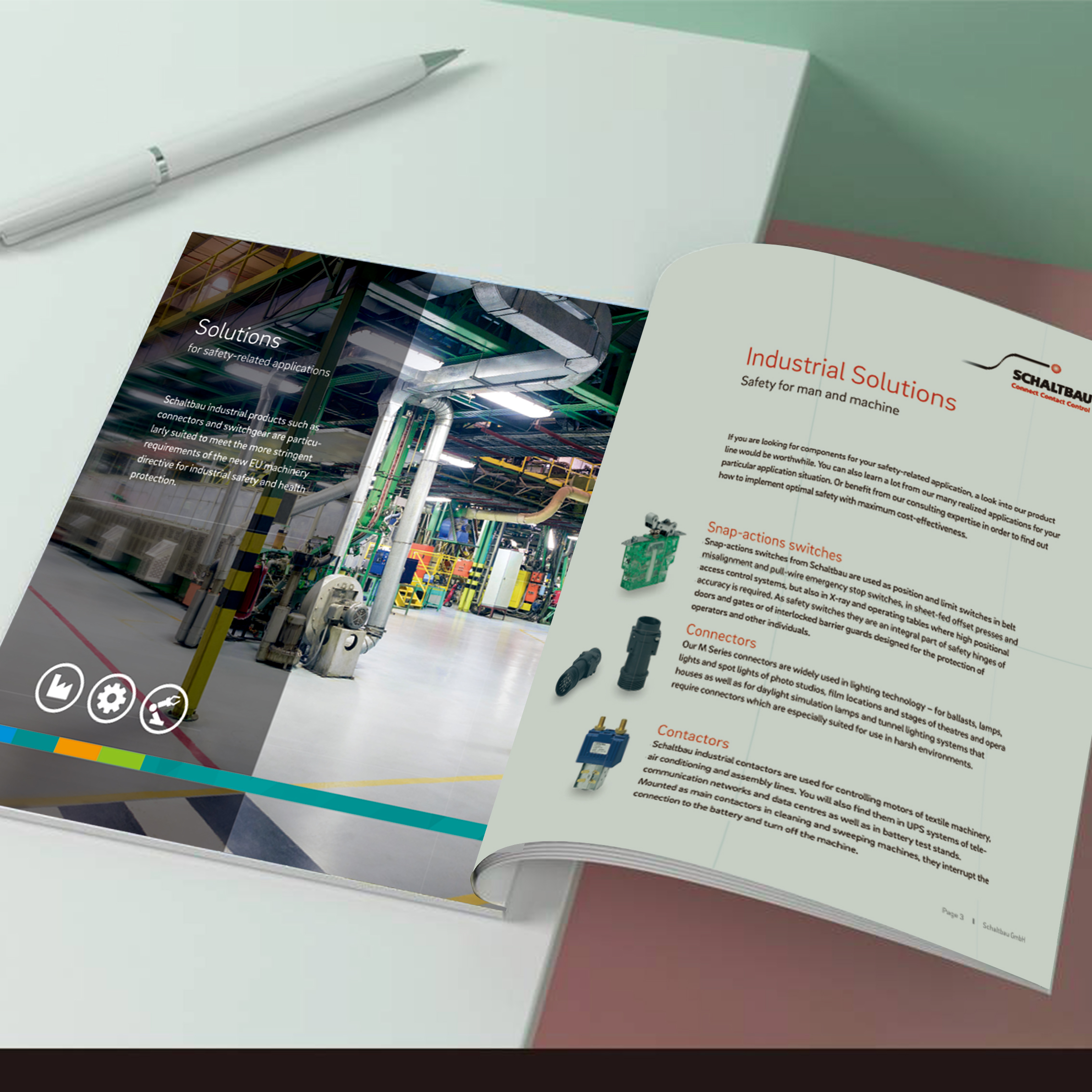
1. Aesthetic conflict? Actually, the root is not only in "beauty"!
When Party A points to your design draft and frowns and shakes its head, or you are confused when you look at the requirements put forward by Party A, the core of the problem is often not simply "who has a better vision". The deep reasons are usually hidden behind these "hills":
The target mountain is different: Party A is thinking about the final effect-"Can this album impress my customers? Can you make my product sell? Can you make the leader/investor nod?" They are concerned about market feedback and business transformation. The designer may be thinking of visual expression-"Is the composition balanced? Is the color harmonious? Is the layout novel? Can the process be realized?" One is on the "result-oriented" hill and the other is on the "process aesthetics" hill, and the scenery you see is naturally different.
The language mountain is different: Party A commonly uses perceptual language to describe its needs-"Be tall!" "Be atmospheric!" "Be young and energetic!" "To reflect the strength of our company!" These words are like clouds, fog and wind. After the designer received it, the figurative elements turned in his mind-what font to use? What font size? What main color? Which picture style? How to Typeset? There is a translation gap between sensibility and concreteness.
Different professional hills: Party A may have limited knowledge of design, printing, paper and process. They may not know that certain colors will deviate greatly when printed, the cost and cycle of special processes, and the overly complicated typesetting will affect the reading experience. Designers have a deep understanding of the whole process from design to production. This kind of poor information makes it easy for Party A to put forward "unconstrained" but difficult requirements. When the designer can't explain clearly, he will be labeled as "uncooperative".
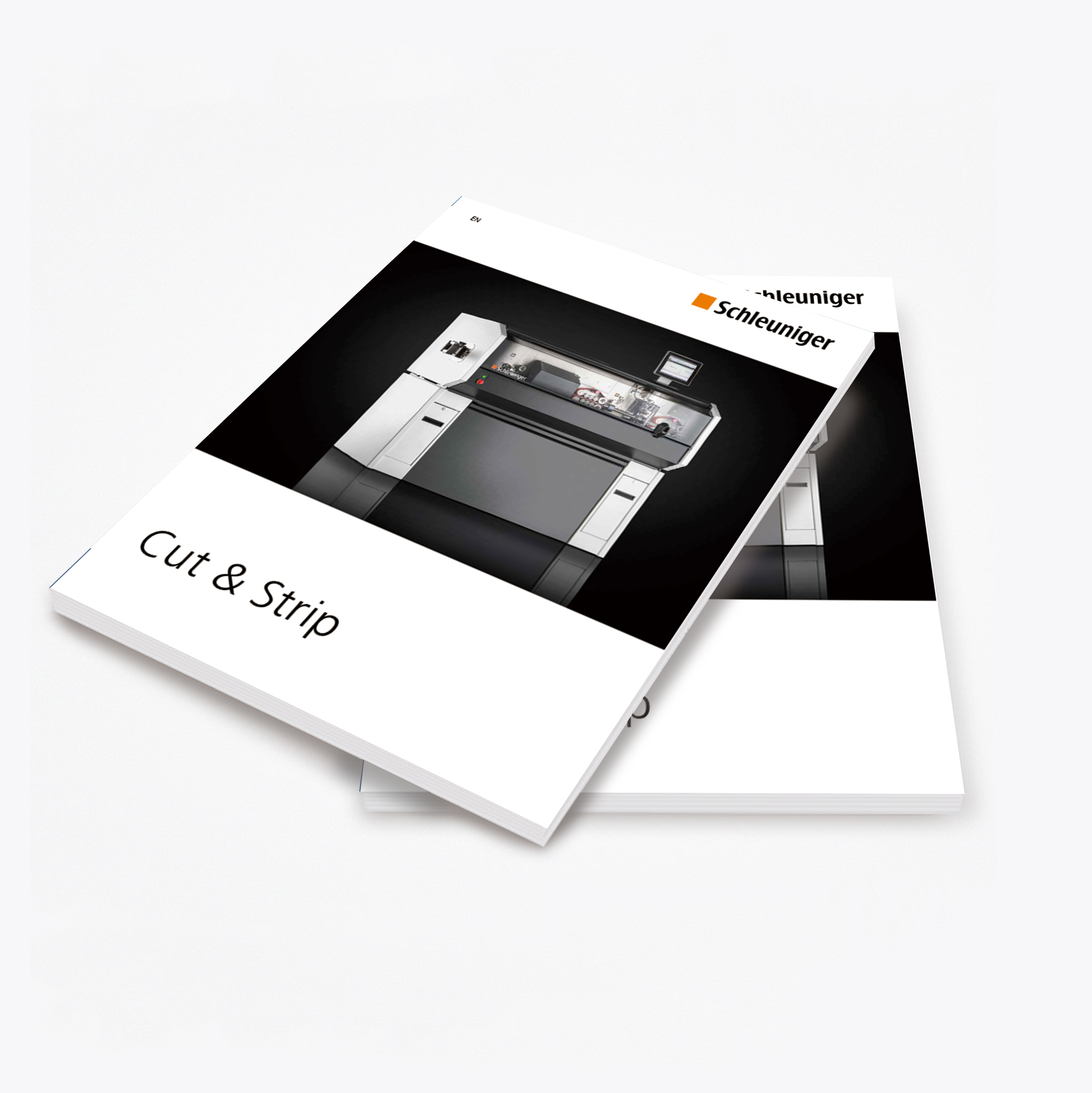
Second, clever guidance: "Translation" is more effective than "persuasion"!
In the face of aesthetic differences, it is often the worst policy to try to "persuade" Party A to accept your professional judgment head-on. The smarter way is to be an excellent "translator" and "guide", translate professional considerations into a language that Party A can understand and resonate with, and guide them to see a better solution.
Turn "why not" into "how to be better":
Scene substitution negation: Instead of saying "this color is too jumping to look good", you can say: "You see, if such a saturated color is used in this position, when the reader quickly flips through the album, the visual impact will be there, but it may steal the limelight of the important product pictures next to it. Let's try this slightly calmer color system? It can better set off the product, and the whole is more textured." Analyze the problem in specific usage scenarios.
Use the goal to reverse the choice: When Party A is obsessed with a design that you don't think is appropriate, don't rush to refute it. Ask, "What kind of core message or feeling do you want this design to convey to your customers in the end? (For example: professional and reliable? Innovative vitality? Luxury and distinction?)" Once the core goal is clear, you can discuss around it: "Well, understand that you want to express' innovative vitality '. Look at this scheme, can it directly and powerfully convey this sense of vitality through the dynamic design of X element and Y color collision? Give the choice back to the goal itself.
Provide "multiple-choice questions" instead of "true and false questions": Don't give Party A just one plan Say Yes or No. Prepare 2-3 plans with obvious differences in style and direction (Plan A focuses on XX characteristics, Plan B emphasizes XX advantages, and Plan C tries XX innovation), and clearly explain the design intention and expected effects of each plan ("Plan A focuses on Quickly catching eyeballs with the impact of large pictures, suitable for distribution at exhibitions; Plan B has a clearer information level, suitable for customers who read in depth..."). Let Party A choose in comparison, and it is easier to find out which scheme is closer to what they think, or collide with new sparks.
Turn "technical terms" into "Party A's interests":
Balance of cost and effectiveness: Party A wants bronzing UV relief … but has a limited budget? Don't just say "the process is too complicated and the cost is high". It can be said: "The superposition effect of these processes is really brilliant! However, after they are superimposed, the cost of a single P will reach X yuan. Considering the total number of pages and budget of our album, if it is used on the core cover and several key product pages, it can not only highlight the highlights, but also effectively control the overall cost. Do you think it is more cost-effective to focus on this?" Directly link process selection with budget control and input-output ratio.
Pre-communication of production feasibility: Actively communicate production limitations at the design stage. "This special shaped cutting effect you want is very creative! However, I need to explain to you in advance that this kind of cutting requires high paper weight and post-binding. The production cycle will be X days longer than conventional, and the cost will also increase by about Y%. In addition, the cutting edge may have slight burrs when flipping, which is the characteristic of the process itself. Do you think this effect is necessary? Or do we have another folding method that can achieve a similar visual surprise, but easier to achieve? " It is a hundred times better to inform the restrictions and alternatives in advance than to explain if the finished product fails to meet expectations. This just reflects the professional value of the integration of album design and production-designers know how to make can design a landable scheme; Only by knowing design can you perfectly present your creativity.
Speak from the "user perspective": Party A may be influenced by personal preferences. At this time, the perspective of the target user is introduced. "The font you mentioned is very personal! However, the target readers of our album are mainly business people over 40 years old, and this font style may be younger and trendy. Does it make the target readers feel professional and credible by changing to this more classic and stable font?" Correlate design decisions with user cognition and brand tonality.
Make good use of "visualization" tools :
Find references! Find references! Find references! Say important things three times. When the language description is pale, directly find excellent cases of album design and production of finished products at home and abroad with similar styles and directions (the best in kind, followed by high-definition pictures) and show them to Party A. "Look, is the'international sense 'you want similar to the style embodied in this album? It is mainly achieved through the XX method..." Or, "Do you think that color is too plain? Take a look at this case. The color combination used in it is both energetic and stable, and we can learn from its color matching logic." With pictures and truth, communication efficiency is doubled.
Proofing and sample viewing: For key colors, special papers and important processes, physical samples must be made to Party A for confirmation before production. There is often a difference between the screen display and the physical effect. "Look, this is the color on the Pantone color card you selected. This is the sample effect actually printed on the selected paper. It looks like this in natural light... Are you sure this effect is OK?" Avoid the huge gap after the big goods come out. This is an indispensable professional step in giclee design and production services.
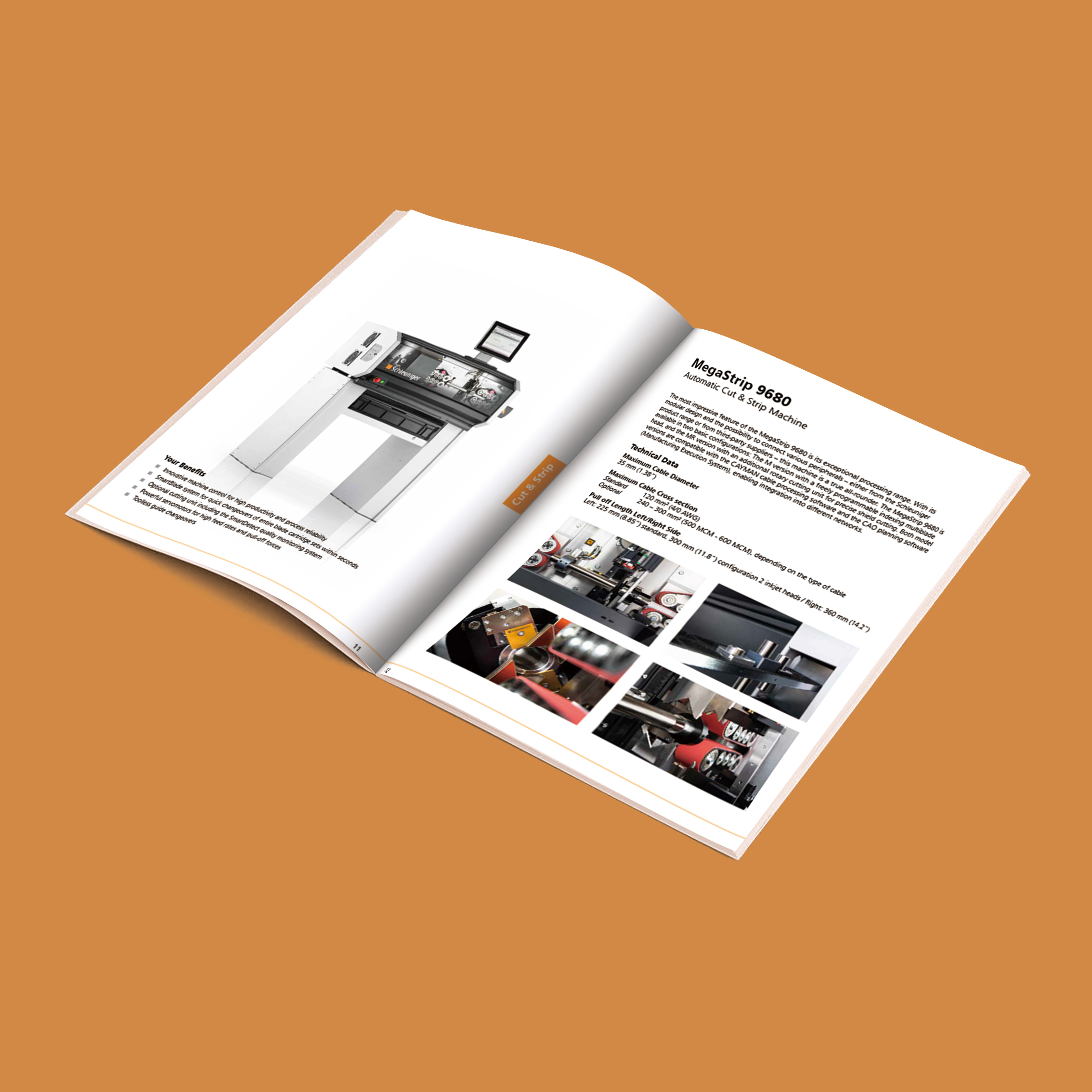
3. The ultimate mentality: design and production are integrated, and professional value is implemented
Solving aesthetic conflicts, on the surface, is communication skills, but the core is the deep understanding and control ability of the whole chain of album design and production.
Design is the starting point, production is the end point, and they are interlocking: no matter how amazing the design draft is, if the details of the production process such as printing color difference, paper characteristics, binding methods, process restrictions, etc. are ignored, the final finished product may be greatly reduced, or even reduced to "waste paper". The core competitiveness of professional album design and production service providers lies in the seamless connection between creative ideas and physics. Designers know a little printing knowledge, producers know a little design aesthetics, and teamwork can ensure consistent quality from electronic manuscripts to hands.
Behind "professional speech skills" is professional precipitation: you can explain and guide in a language that Party A can understand, provided that you truly understand the design principles, material characteristics, process flow and cost composition. This precipitation makes you feel more confident when communicating, the suggestions you put forward are more to the point, and you can win the trust of Party A. This trust is the basis for resolving conflicts and establishing long-term cooperation.
The common goal is to make an "effective" picture album: whether it is Party A or the service provider, the ultimate goal is the same: to make a picture album that can effectively convey information, shape brand image, impress target audience and promote business development. With this common goal in mind, all communication and adjustment should serve it. When both sides focus on "effective" rather than simply "good-looking" or "I like it", many differences can easily find a compromise point.
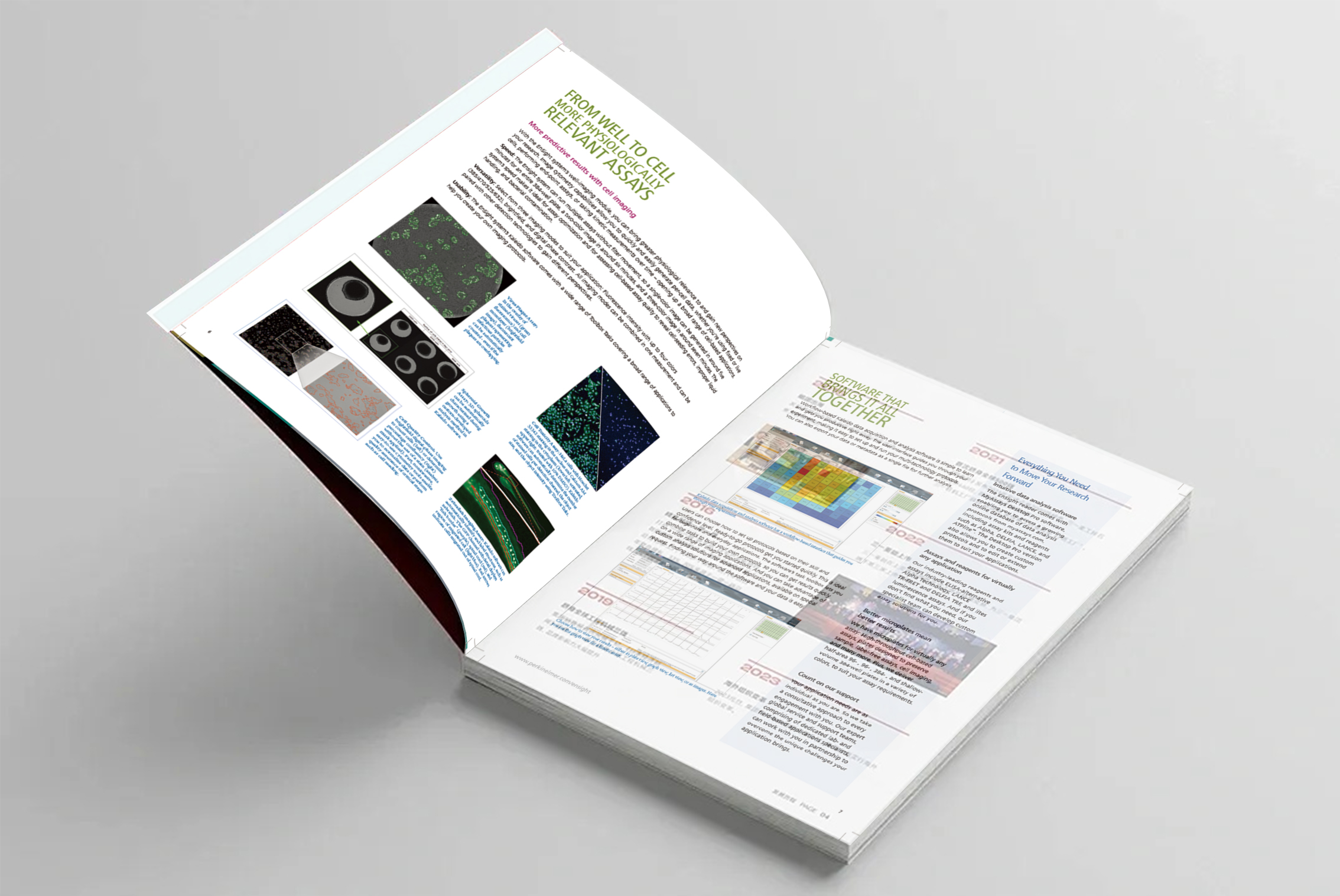
The aesthetic conflict on the road of album design and production has never been an insurmountable wall. The key lies in jumping out of the debate of "aesthetic right and wrong", seeing clearly the "mountain difference" behind the conflict, and building bridges and paving the way with professional attitude and clever communication. When you can accurately "translate" the design language into the business goals and actual interests that Party A cares about, and when you can foresee and communicate the key details of the production at the beginning of the design, you are no longer a designer who "confronts" Party A, but a trustworthy "visual guide" and "production expert" on their brand upgrade. Remember, every successful communication and collaboration will eventually precipitate into a fine album that can not only reflect professional standards, but also meet the needs of Party A and stand the test of the market. And this is the professionalAlbum design and productionThe true value of service lies.



